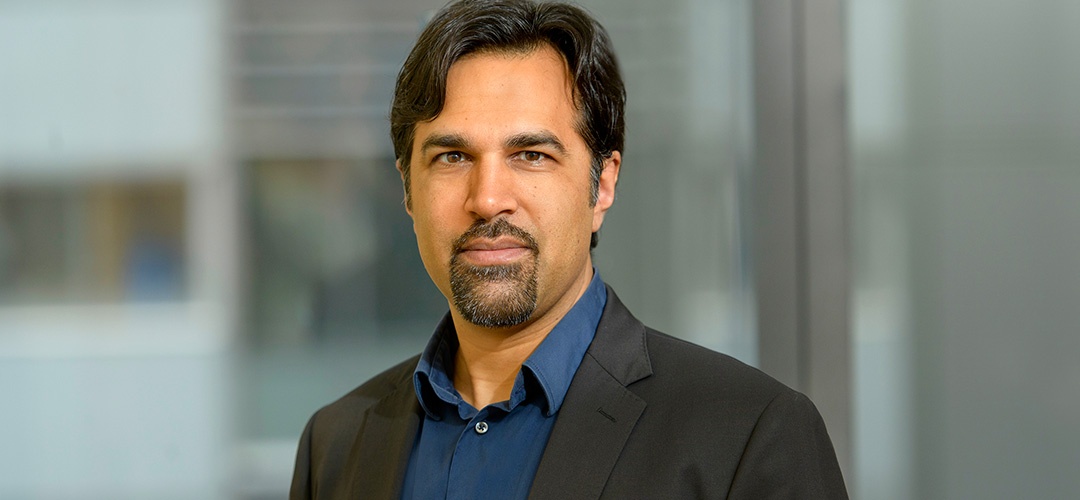5 Questions: Big Data and Cancer
Q & A with Sohrab Shah, MSK’s Inaugural Chief of Computational Oncology
Sohrab Shah is a computer scientist and renowned expert in bioinformatics. He answered some questions about how his field is transforming cancer treatment for patients.
What’s the big deal about big data?
Computation of big data is the new microscope. It enables discovery of new patterns in data which can give clues into how cancers develop and change. Today’s measurement tools are so precise that they generate too much complex data for people, even brilliant scientists, to understand through their eyes and brains alone. The only way to make sense of all this information is with computational analysis.
What’s your vision of computational oncology at MSK?
For me, the most exciting thing is to leverage our enormous data sets to help patients in a way that was never possible before. The first question a patient asks when diagnosed with cancer is: “what’s going to happen to me?” Data is helping us provide a better answer.
For instance, we are beginning to use data to predict how a specific cancer will respond to drugs over time, so oncologists can prescribe the best drug at diagnosis for a patient’s specific cancer. Ultimately, we aim to predict when we should change the treatment—because we know that cancer, and its environment in the body, are constantly changing.

Your research specialty is ovarian cancer. Why is computational oncology particularly relevant in this field?
Computational oncology is relevant to all cancers. But ovarian cancer is one of the diseases where we haven’t identified a genetic biomarker. We think these cancers may be caused by defects in the genome’s DNA-repair mechanisms, as opposed to changes in a specific gene. So we’re developing a new way to outsmart ovarian cancer by targeting the whole genome. By finding patterns in massive whole genome data sets, we’re learning how the genome changes through specific DNA repair defects. These specific defects can then be targeted with different drugs over time. Eventually, this could help us pinpoint which drug will work best against ovarian cancer for specific women.
Where do you think your field will be in 5 or 10 years?
We will get better at matching multiple forms of diagnostic measurements across biomedical imaging, pathology and genomic measurements to practical clinical care, so patients will benefit from more precise diagnoses and better predictions about their clinical outcomes. By identifying patterns, computational oncology can help patients avoid futile treatments and get the best possible drugs right away.
And scientists everywhere will share data as broadly as possible to maximize the utility of whatever knowledge is gained across international communities. That’s what patients want when they consent to have their tumor studied for research.
What is the next wave in cancer thinking?
We’re realizing that cancer is diverse and constantly changing. It lives in a micro-environment full of cancerous and non-cancerous cells that interact and mutate. Treating the disease as the complex system that it is will help us identify new treatment options. And computational oncology will help us get there.
Make an impact on research and patient care at MSK. DONATE NOW